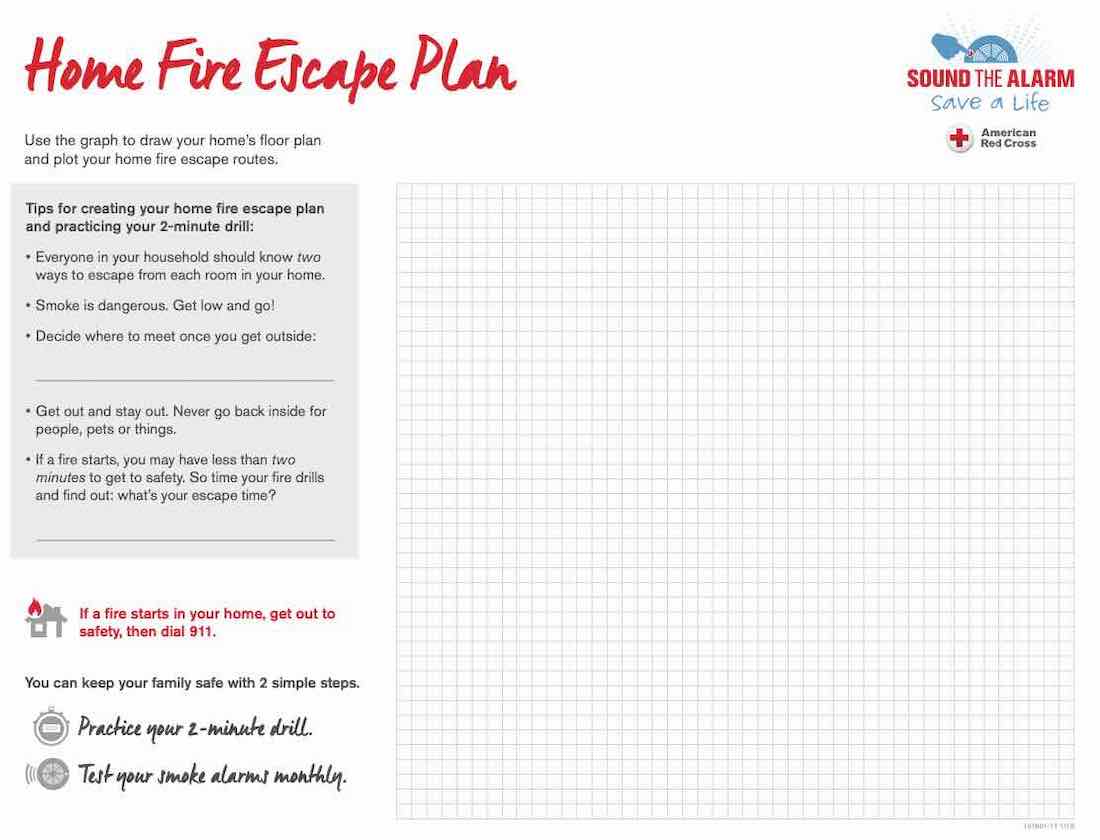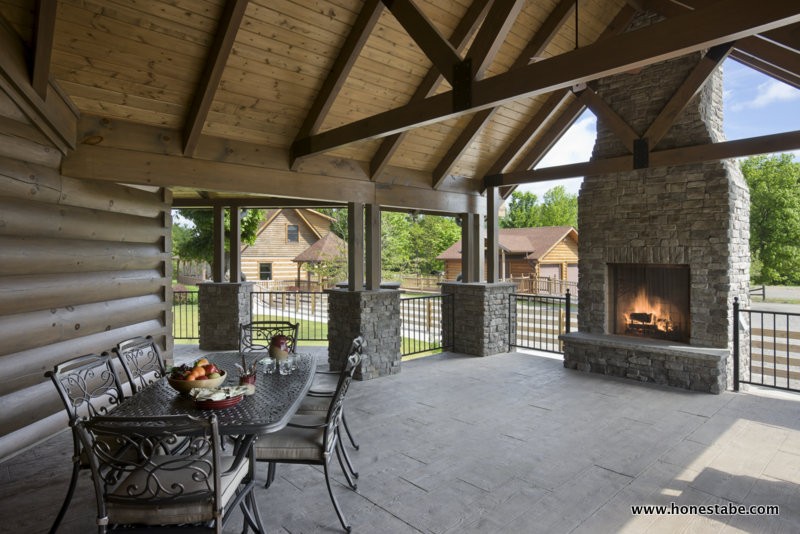There’s Good News for Log Home Owners
The popularity of log buildings is illustrated by growing numbers of log residences, resorts and other buildings constructed in rural and suburban environments. This growth is attracting log construction to greater scrutiny as to the performance of log structures.
One frequently asked question is “How do log walls perform in a fire?” Building codes and the insurance industry look at this issue to understand the potential hazard that may result in loss of life and property. With life safety and protection of property being the goal, hazard assessment focuses on the type of construction, the availability of firefighting resources, and the proximity of the structure to neighboring structures.
The key issue is time… How long will log construction be able to withstand a fire until the manpower, equipment, and water can be deployed to extinguish it? Will the occupants be able to safely leave the burning structure in that time? Most log structures continue to be built in rural settings and rely on volunteer fire departments that often must bring water to the site.
Life safety has been dramatically improved by the requirement for residences to have smoke detectors installed and operating properly. Yet, despite the short response time of our many volunteer fire departments across the nation, the time it takes firefighters to extinguish a residential fire may be enough to make the structure and contents non-reusable.
The Red Cross offers many resources for home fire prevention planning. Click here to explore resources.
This is primarily from efforts at prevention of accidental fires through education and regulation. Over the years, the acceptance of solid wood walls as fire-resistive construction by code officials has been elusive. The Log Homes Council (LHC) and its Members have used various resources that relate the performances of solid wood walls to long fire endurance. Some performed in-house tests while others tested their products in certified labs following specific standard procedures. And as the years pass, the number of fire survival stories continues to increase.
Download the paper on fire-performance of log walls.
The intent of a paper by The Log and Timber Homes Council, Building Systems Councils National Association of Home Builders, is to explain the nature of fire, the burn characteristics of wood and the code requirements that apply in the design and construction of log structures.
Over the years, there have been reports of fires that have burned inside and outside of log buildings without destroying the building’s structural integrity, illustrating the fire resistive nature of solid wood walls. It is a combination of the insulating response of the charred wood at the surface with the slow rate at which flame will spread along the wood surface, and the fact that there are no concealed cavities in a log wall through which the fire may travel (ultimate fire blocking!).
Combined with the selection of beam and deck second floor and roof options often incorporated into log buildings, log structures are a top choice for endurance and integrity in a fire. This attached paper provides e a greater understanding of wood, the implications of your building site and building design and their impact on your decisions toward developing an understanding of the fire resistive nature of solid wood walls.
Home-Fire-Escape-Plan-English-Spanish
The unique aspect of most log homes is that the logs themselves are what make up the structural soundness of the building. Because of this, most solid wood walls can be expected to satisfy one-hour fire-resistant ratings while greater wall thickness can result in even longer ratings. The Log and Timber Homes Council contends that the performance of solid wood walls, while composed of combustible materials, is sufficient to perform satisfactorily as the bearing wall portion of the Heavy Timber type of construction recognized by building codes.
Download this escape plan as a .pdf.





